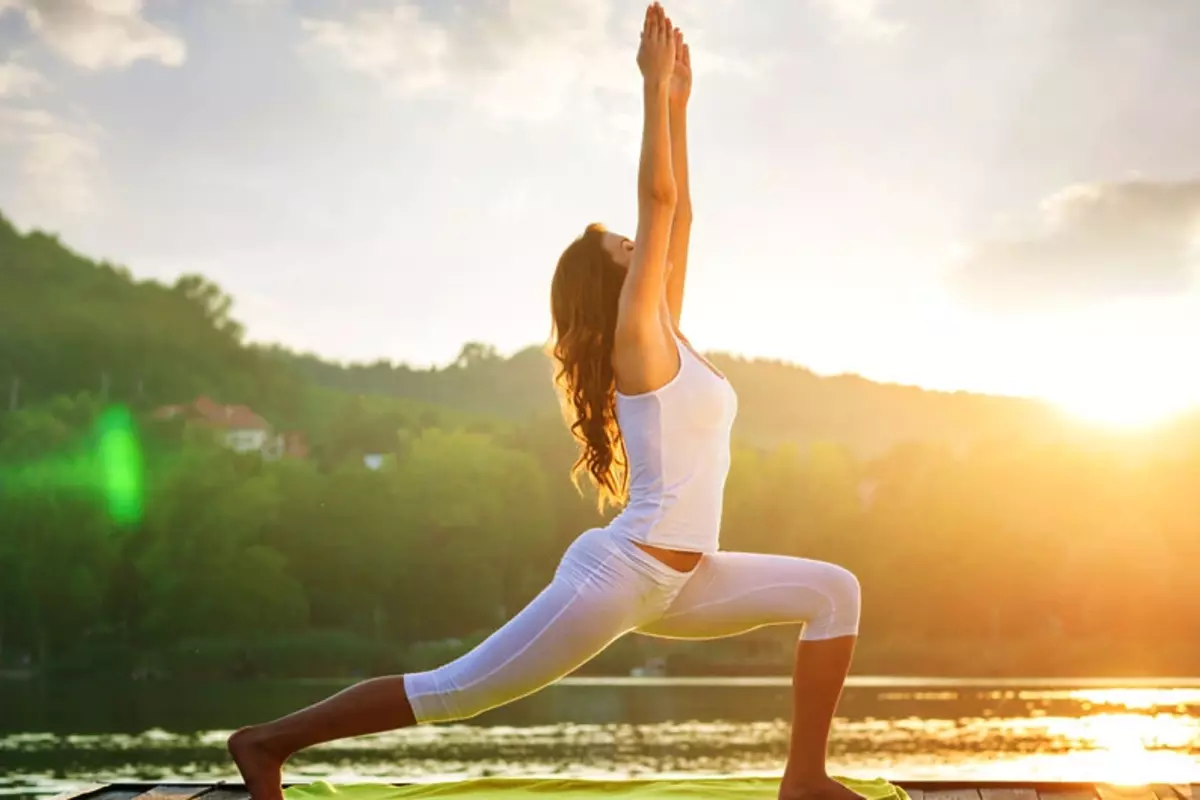
Yoga is a spiritual practise that can support the harmonious operation of your mind and body. The art and science of keeping healthy go hand in hand. Yoga is a Sanskrit term that means “joining” or “unifying” People think that when they practise yoga, their innermost thoughts and emotions merge with a more expansive view of the universe. Their body and mind feel incredibly balanced and in harmony as a result, as though they are operating in one.
When done properly, embracing yoga as a treatment for diabetes has the power to subtly control your blood sugar levels. This age-old practise serves as a catalyst for improving overall wellbeing, whether it is mental, emotional, or physical.
Yoga can help you manage your diabetes and reduce the risk of developing issues in the future. Yoga serves as a guardian throughout the early stages of this ailment, keeping sugar levels stable and resolving related health issues.
Here are several yoga positions that can lower your blood sugar.
“Sun Salutations” (Surya Namaskar)
When it comes to utilising yoga to treat diabetes, the sun salutation is a posture that is very advantageous for those who have the disease. The perfect way to raise your heart rate and stretch your entire body is with this sequence. Before beginning any yoga pose, sun salutations are a great warm-up. Sun salutations help to control blood sugar levels, improve blood circulation, and increase flexibility.
Here’s how to approach it:
Start by taking a straight stance in front of your mat. Bring your palms together and gently draw your belly in. Lifting your arms and extending them towards your back, inhale.
Exhale as you lean forward, lengthening your spine and falling gradually. Allow your neck to unwind and your eyes to go downward.
Take a deep breath in and stretch your right leg backward, keeping your right knee on the ground. Make sure your palms are flat on the mat and your left knee is bent 90 degrees. Keep looking forward.
Assuming a plank position, move your left leg back while holding your breath. Be sure to maintain a straight line with your body.
Take a breath out as you bring your knees, chest, and chin to the floor. Step by step lower your hips. As you raise your upper body and look upward, inhale. As you rise, exhale as you move into an inverted V position. Your spine should lengthen, and your palms and heels should be in contact with the floor.
As you take a breath, extend your right leg. Put your left leg in front and lower yourself to touch your toes as you exhale. Stretch while placing your palms on the ground.
Lifting your hands and arching your back as you inhale. Exhale as you converge your palms in a pose of prayer.
Follow the same procedure on your left side.
Perform 4 to 8 rounds of sun salutations slowly for the best results.
Dhanurasana (Bow Pose)
The Bow Pose helps you overcome fatigue by restoring your sense of vitality. It strengthens the muscles in your core, eases constipation-related discomfort, and helps to keep blood sugar levels under control.
Step-by-Step Methodology:
On your stomach, lie down. Your arms should be at your sides, and you should allow your feet to slowly separate to match the width of your hips.
Fold your knees slowly and deliberately, reaching back to grip your ankles in the space between your hands.
Inhale deliberately as you raise your torso off the ground and drag your legs upward, experiencing the stretch.
Hold on to this posture for 12 to 15 seconds.
Return gently to the reclining position.
Cobra Pose, or Bhujangasana
Let’s go over how to adopt this stance step by step:
Start by resting on your stomach and focusing on how your body feels in relation to the ground. Put your hands near to your shoulders, gently squeezing the ground with your palms.
Take a deep breath in as you adopt this position, then slowly raise your upper body off the floor. Your front will feel somewhat stretched from your stomach to your chest. As you rise, let your hands to support you so that you may stay balanced.
Make sure your hips and toes are in a straight line and in contact with the floor while you are in this raised position. You can be more effective if you keep a steady, balanced stance thanks to this alignment.
Take hold of this position for 20 to 30 seconds. Feel your abdominal muscles contracting and your front stretching. Remember to keep breathing normally while you go through this sensation, allowing each breath to give you a sense of presence and tranquilly.
Release the position by slowly bringing your upper body back to the floor when it feels correct. As you let go of the lift, feel your body gradually returning to the ground. As you unwind, you can get a calming sensation.
Our bodies’ natural relaxation response can be triggered by conscious, focused breathing. Gradually controlling our breathing may help to lower levels of stress hormones and activate the lymphatic system, a vital organ.
Kapal bhati
Here’s how you can practice:
Finding a comfortable seating position is the first step. Make sure your spine is straight and upright. Allow your hands to gently rest on your knees with the palms facing up to embrace the sky’s expanse.
Draw the breath in slowly and deliberately while inhaling.
Draw your navel slowly towards your spine as you exhale. Allow yourself to move in a comfortable manner, just going as far as you feel is appropriate. You may even feel the contraction of your abdominal muscles by placing your right hand on your stomach.
Your lungs will automatically fill with the incoming breath when you release your navel and allow your abdomen to unwind.
One round of Kapal Bhati breathing is accomplished by repeating this breath pattern for a count of 20 cycles.
Also read: Reducing Anxiety To Maintaining Blood Pressure: 6 Benefits Of Nighttime Foot Massage
Shavasana
The Corpse (shavasana) Pose is the culmination of a yoga programme designed specifically for people with diabetes. Feel free to start your yoga journey with whichever pose speaks to you the most, however Shavasana should always be the final pose. According to research, it has a remarkable capacity for controlling blood pressure and blood sugar levels while creating a peaceful interlude for your body and mind. Stress dissolves in this meditation pose. Shavasana, a traditional pose, brings your yoga session to a close.
Procedure:
Lie down with your feet slightly wider than shoulder-width apart and your arms at your sides.
Feel your breath, your hands, your legs and feet, your palms, and even the slight rise and fall of your tummy as you expand your awareness to every part of your body.
Exert the burden of stress, allowing the profound state of relaxation to come forward.
Continue with this posture for a span of 15-20 minutes.
To read more such news, download Bharat Express news apps


















